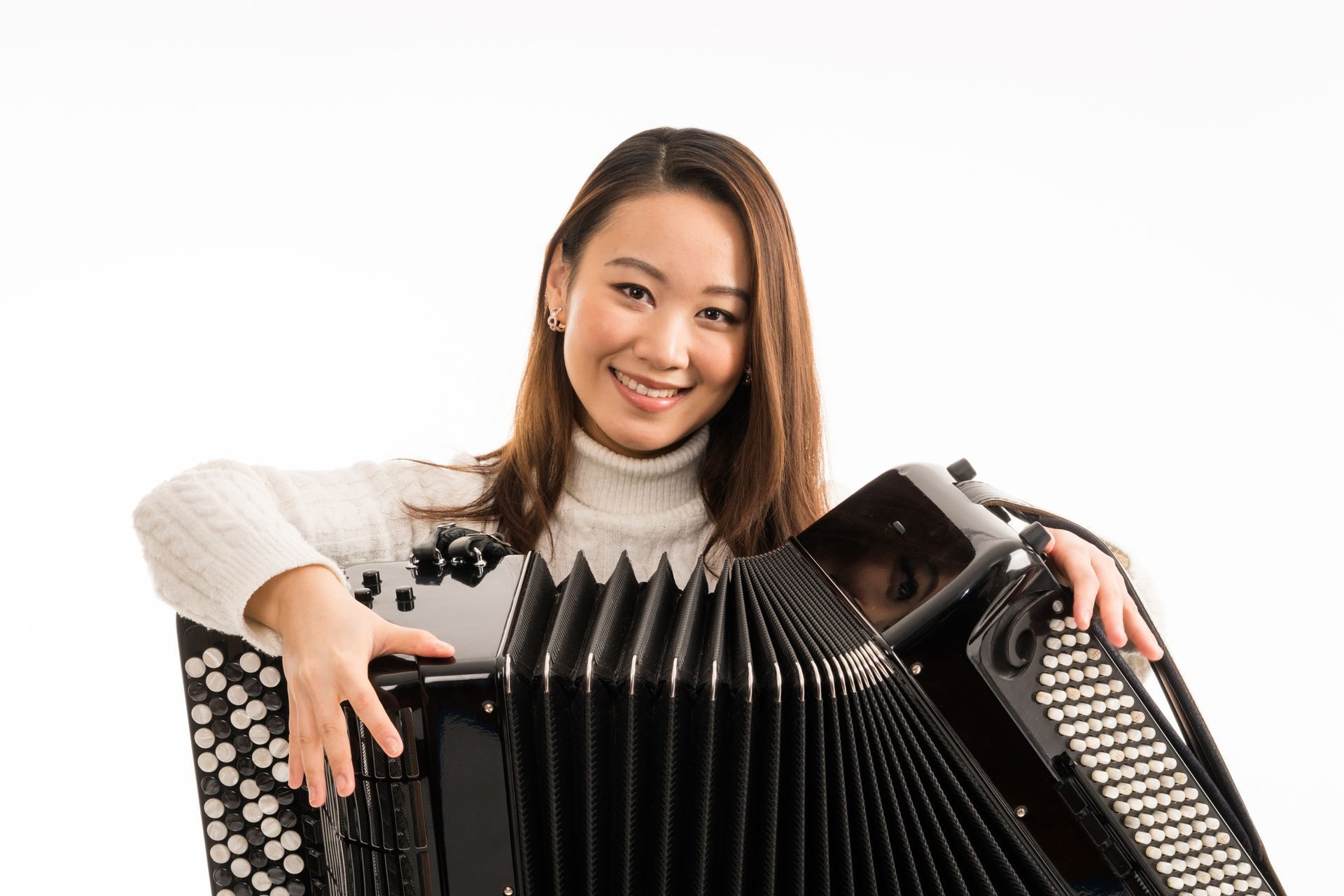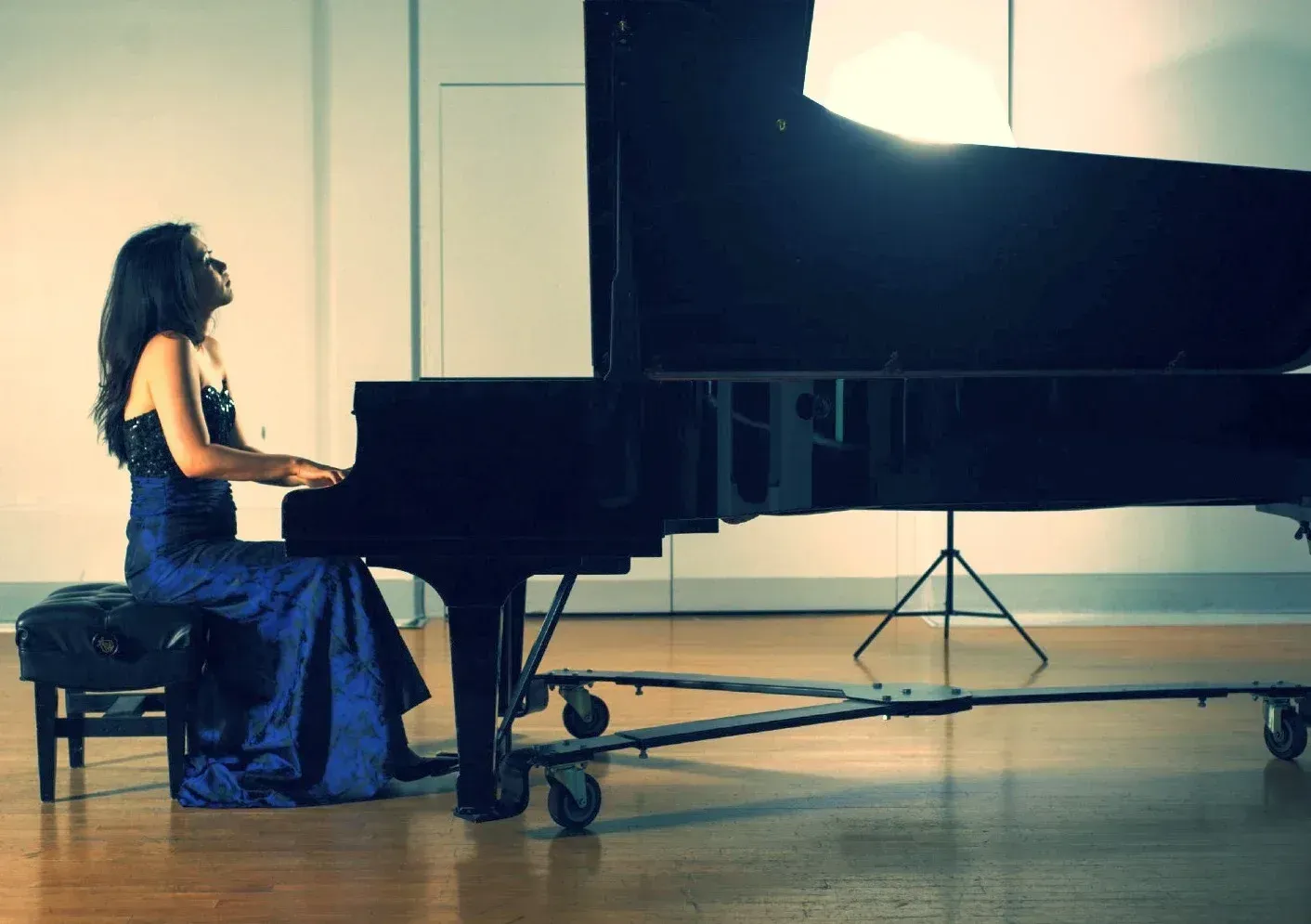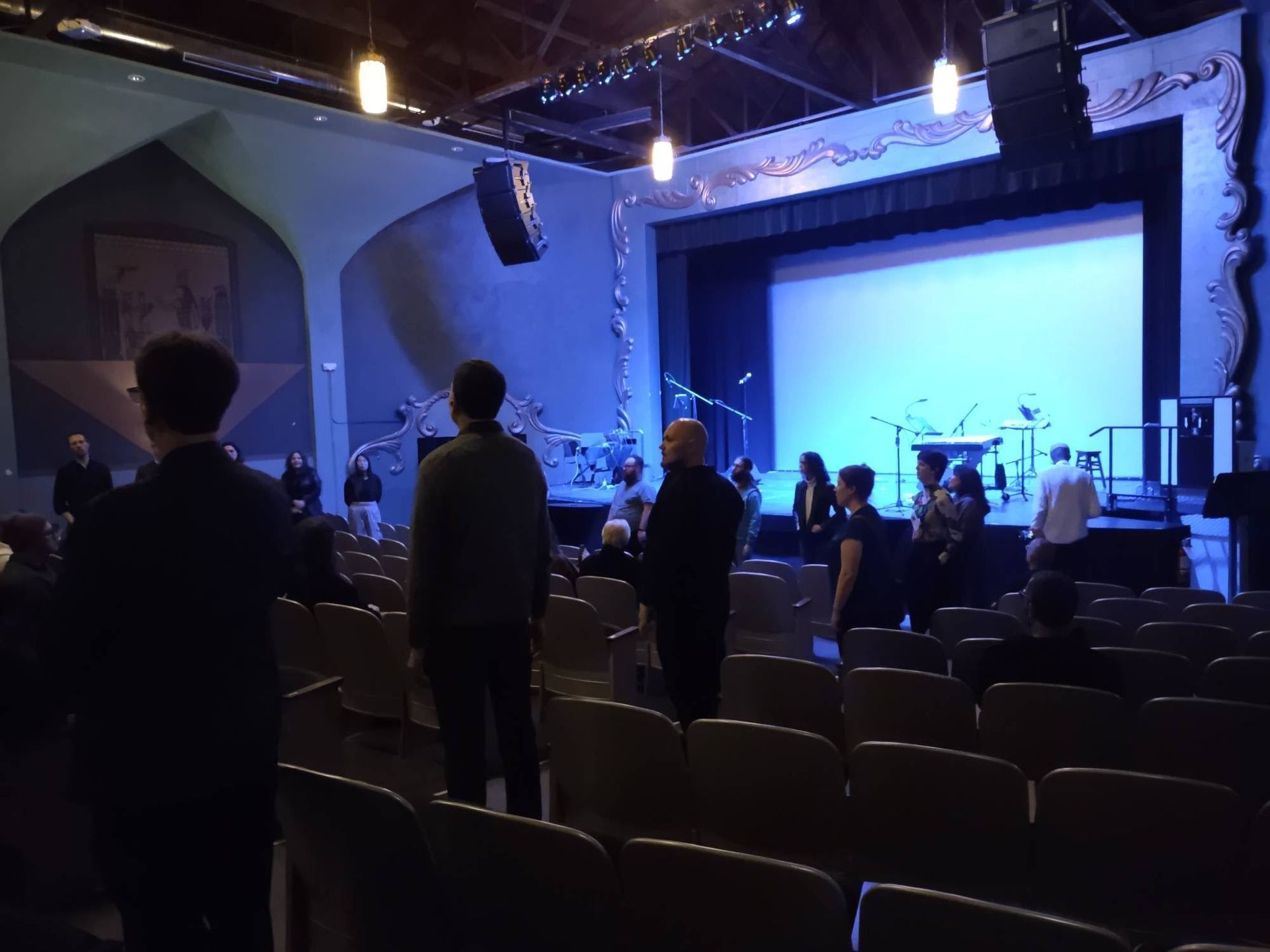Review: MAS Presents Hanzhi Wang, accordion

February 23, 2025 - Denver:
Imagine for a moment a keyboard instrument which has to breathe - like an organ but can change dynamics from a whisper to space-filling fortissimo without breaking the sound. It can sing with the clear and flexible voice of a violin - vibrato included, but it can accompany itself with the full colors of an orchestral woodwind section. Its overall sonic effect is one of an ensemble but made by one performer.
This is - perhaps surprisingly for some readers - a description of the mighty accordion.
The accordion in the United States has the unfortunate reputation for belonging only with a polka/tango band or in the popular música norteña . However, accordionist Hanzhi Wang has set about changing this stereotype as the ambassador of the accordion in the context of serious concert music. Her Sunday afternoon performance hosted by
MAS Presents laid out a compelling case for a new image for this instrument as she presented a program of Bach, Scarlatti, Piazzolla, and her own compositions.
The program started with the Chorale Prelude, BWV 639 of J.S. Bach, usually heard on an organ or piano (through a transcription by Ferruccio Busoni). Immediately, the similarities between the accordion and organ were present. The three voices of this piece were each distinct, with the two upper voices delineated by careful use of varying articulation - a technique an organist would use to accomplish the same task. Wang portrayed well the gravity of this work, welcoming the audience to a state of listening in which the physical space of the room and instrument seemed much larger than they were. Following with the Chorale, Jesus bleibet meine Freude, from Bach’s Cantata BWV 147 (known in english as “Jesu, Joy of Man’s Desiring”), Wang made the music sound almost idiomatic to the accordion - evidence of fantastic technique to match a mature musical taste.
This feeling continued with three keyboard sonatas by Scarlatti. The clarity of the instrument and Wang’s playing were on full display. Here the audience was treated to the combination of rhythmic steadfastness with a light, fleeting playfulness. Scarlatti explicitly asks for this in the score, but rarely is it conveyed sucessfully when performed on a piano. While it is dangerous to openly admit such conjecture, one could easily think the composer would prefer the accordion over a modern piano for any of his keyboard works - at least if it were Wang performing.
The highlight of the program was Wang’s performance of two works of her own composition. As she explained to the audience beforehand, the works evoke memories of her hometown in China. Mountain’s Song, the more expanded of the two pieces employed a fusion of different harmonic and stylistic traditions. What started out as maybe a simple traditional tune developed to include what in places sounded impressionistic and in others like perhaps Spanish or even South American dance. The work employed a full range of instrument’s color and dynamic range, making it an ideal piece to present to an audience new to the accordion.
Putting aside the fact that the performance was on accordion, Wang is a musician whose artistic vision transcends any particular instrument. It was not the novelty of the instrumentation which left the greatest impression but the clarity and conviction of musical intent; this was first-class music making by a first-class musician who just happens to play the accordion. This musical intuition combined with a confident stage presence and technique to match should place Wang high on the list of performing musicians to hear when possible. And judging by her past and upcoming collaborations and performances world-wide with composers and instrumentalists focusing on new music, Wang is poised to be double ambassador for both accordion and new music creation.
Take a look at the
MAS Presents website for more interesting performances of music and instrumentation somewhat off the beaten path.


